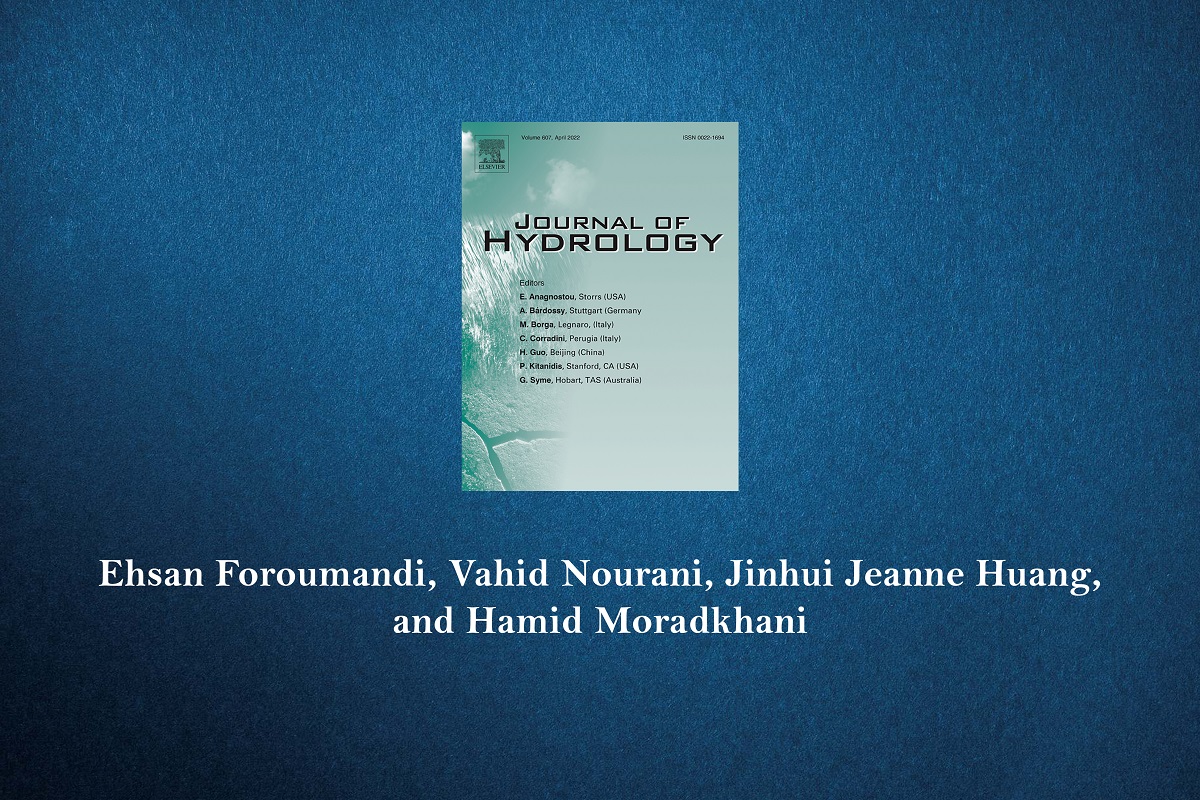The current study proposes a new method to downscale the monthly GRACE-derived Terrestrial Water Storage Anomaly (TWSA) to 10 km spatial resolution over Iran using deep learning methods. First, the growing neural gas (GNG) method is utilized to cluster the TWSA data to find similar patterns. The Silhouette Chou Davies (SCD) validity measure, a combination of three robust cluster validity measures, is used to evaluate the performance of the GNG method. Then, the feasibility of deep learning Convolutional Long Short-Term Memory (ConvLSTM), shallow learning Feed Forward Neural Networks (FFNN), and Random Forest (RF) are examined in downscaling GRACE-derived TWSA using only remote sensing images. The results indicate that the deep learning method outperforms the RF and FFNN models by 7% and 18%, respectively. Then, the Ground Water Storage (GWS) data are isolated from TWSA, showing an agreement between the GRACE-derived GWS and ground-based measurements with R2=0.76. Additionally, the downscaled TWSA is used to generate annual drought frequency and change detection maps for the GWS from 2002 to 2016. Annual standardized precipitation index (SPI) drought frequency maps are also produced to gain deeper insight into the water resource scarcity of Iran. The results indicate that Iran has experienced water resource overexploitation since 2011 for agricultural activities, while meteorological drought is a trigger and intensifier for the water crisis in Iran. According to the results, Iran experienced exceptional drought in some regions, and the GWS has decreased all over the country. In addition, further analysis of Iran’s water resources is provided until 2022. The current study calls for integrated sustainable water resources management in Iran; otherwise, irreversible water and environmental problems with higher frequencies will be expected in the near future… Read more
-
PreviousOur paper in Water Resources Research, A Vine Copula-Based Ensemble Projection of Precipitation Intensity–Duration–Frequency Curves at Sub-Daily to Multi-Day Time ScalesOur paper in Water Resources Research,
-
NextOur recent paper in Climate Risk Management, Toward Reduction of Detrimental Effects of Hurricanes using a Social Media Data Analytic Approach: How Climate Change is perceived?

